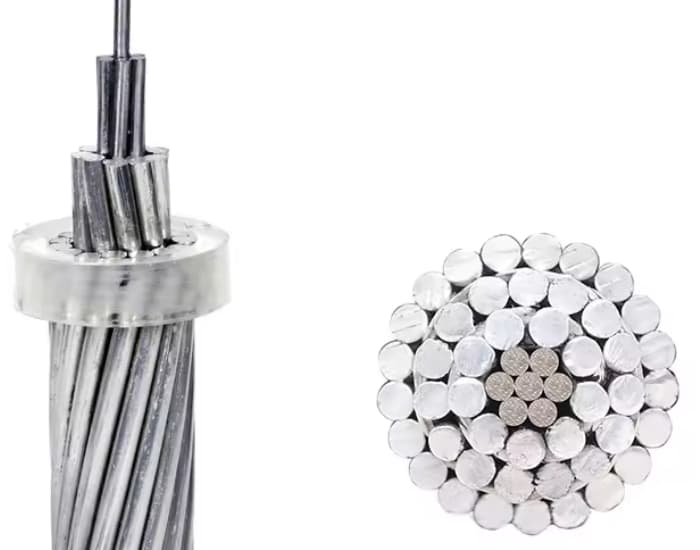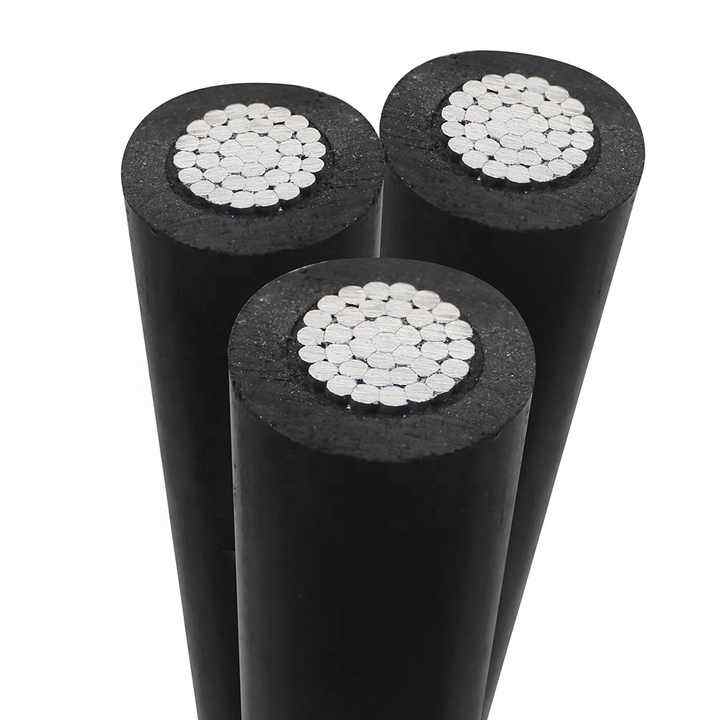
Introduce High Voltage Cable
High voltage cables are an important part of the electrical infrastructure and are designed to transmit electrical energy at voltages higher than 1 kV. Its importance lies in its ability to transmit electricity efficiently over long distances., which is essential for the operation of modern electrical networks. In the context of continued growth in energy demand and the continued integration of renewable energy sources, the role of high voltage cables is increasingly important.
This article aims to provide an in-depth look at what high voltage cables are., its types, structures, applications, advantages, future challenges and trends. As the world moves towards a more sustainable future, Understanding these aspects is essential to understand the importance of these cables in electrical systems..
1. Types of high voltage cable
High-voltage cables mainly include overhead high-voltage cables and underground high-voltage cables..
High voltage overhead cables: These cables are designed for installation on overhead lines and are generally used for rural and suburban power transmission. Its construction includes bare conductors, ACSR conductors, AAAC conductors and AAC conductors, which are easier to install and maintain but may be exposed to adverse weather conditions.
Underground high voltage cables: These cables are installed underground, most commonly in urban environments where aesthetics and safety are important considerations. Its design includes insulation and coatings to protect conductors from damage and environmental influences.
Voltage level: High voltage cables are divided into different levels according to their load capacity: cable 11 kV, cable 20 kV, cable 33 kV, cable 66 kV, cable 132 kV, 400 kV and other levels. Each category has specific applications depending on requirements and transmission distance.

2. High tension cable construction
The construction of high tension cables It is a complex process that involves several key elements:
Material conductor: Conductors can be made of copper or aluminum. Copper conducts electricity better, but aluminum is lighter and, therefore, easier to handle and cheaper.
Insulating materials: Insulation is essential to avoid short circuits and ensure safety. Common materials include:
XLPE (cross-linked polyethylene): Provides excellent electrical and thermal properties.
PVC (polyvinyl chloride): cheaper, but it has poor insulating properties.
paper insulation: It is used in certain applications due to its ability to withstand high voltages.
Cable design: Cables can be single core or multi-core, depending on the application. Multicore cables can transmit power more efficiently and are more common in industrial environments.
3. High voltage cable application.
High voltage cables have a multitude of applications in the energy sector:
Power transmission: Its most common use is to transmit electrical energy over long distances., connecting power plants to substations and distribution networks.
Industrial applications: in industries such as mining and manufacturing, High voltage cables are used to power heavy machinery that requires large amounts of energy.
Integration of renewable energies: with the rise of solar and wind energy, High voltage cables are essential to connect renewable energy parks to the national grid, facilitating the transition to a more sustainable future.

4. Advantages of high tension cables
High voltage cables have several important advantages:
Transmission efficiency: They allow large amounts of energy to be transmitted with low losses, which is essential for the overall efficiency of the electrical system.
Reduced line losses: high voltage reduces resistive losses, meaning more energy can be transferred with less waste.
Reduced installation costs: Although the initial investment is higher, high voltage cables are more economical in the long term, especially in long distance transmission applications.
5. Challenges and considerations
Despite its many advantages, high voltage cables still face some challenges:
Security issues: High voltages present risks of electric shock and arc flash, requiring strict safety measures during installation and maintenance.
Environmental impact: Underground cables can have low visual impact, but its installation can affect the soil and local flora. Besides, overhead power lines can affect bird migration.
Maintenance and monitoring: High voltage cables require regular maintenance and monitoring systems to detect possible failures and ensure continuity of service..

6.Technical parameters of high voltage cables.
High voltage cable technology continues to evolve. Some current trends include:
Advances in materials and design: Research continues to develop new materials that improve conductivity and durability, like advanced compounds.
Smart grid integration: High voltage cables are designed to be compatible with smart grid technology to optimize power flow and improve system management.
Growing demand for renewable solutions: as renewable energy generation increases, The need for high voltage cables capable of handling new loads and energy flows becomes increasingly important.
7.High voltage cable manufacturers
We are a manufacturer and supplier of high voltage cables, which are the basis of modern electrical systems, enable efficient transmission of energy over long distances and support the integration of renewable energy sources. As energy demand continues to grow and we move towards a more sustainable future, The importance of these cables will continue to increase. Understand its structure, applications and challenges is fundamental for all energy industry players and those interested in the technologies that underpin our electrical infrastructure.
